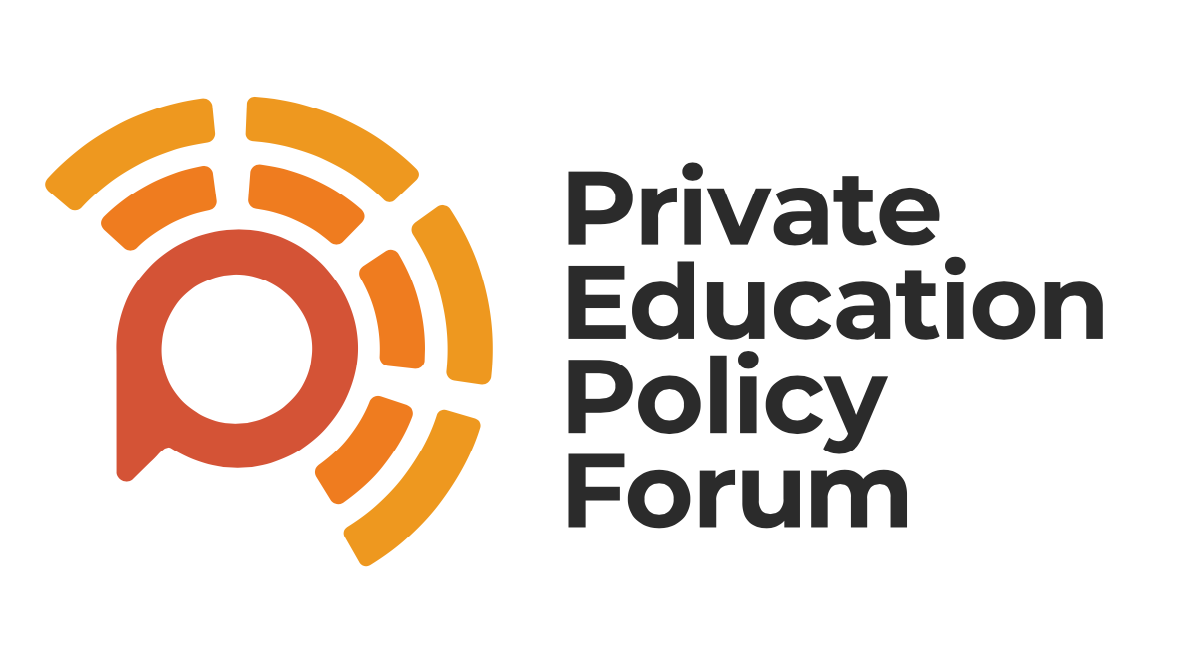
Title:
The Changing Economic Advantage from Private Schools
Authors:
Green, F., S. Machin, R. Murphy and Y. Zhu (2012). Economica 79: 658-679. 2011.
What’s it about?
Private schools, we know, have high fees, except for a small percentage of pupils who receive full or near-full bursaries.
But are they worth it for the parents? And from society’s perspective, do they limit social mobility?
This paper is one of the first to put a monetary value on the outcomes of private education, and see how that value has changed over time.
Methodology
The researchers followed two cohorts through their childhood and adult life, examining the effects of being at a private primary school.
These cohorts were born in 1958 and in 1970 respectively. The paper studied their earnings in their early thirties.
The effects were calculated, after a very full set of background factors were taken into account, including the social class, prior ability and prior behaviours of the children.
What are the findings?
- The estimated earnings premium for private school alumni, as compared with state school alumni who are otherwise similar in all respects observed through the survey, was 7.2 percent for the first cohort. For the second cohort, the premium had risen to 20.1 percent.
- A good part of this premium could be accounted for by the highest educational qualifications that were achieved by the people surveyed. The private school alumni had a 6 percent higher chance of getting a degree (again, allowing for all other factors) in the first cohort, rising to a 23 percent advantage in the second cohort.
- After allowing for this increasing gap in the achievement of good qualifications and consequent university entry, the increase in the earnings premium between the two cohorts was from 4.2 percent to 10.2 percent.
For both cohorts, family income was a major factor behind private school attendance, and its importance did not appear to change.
Thus the rising earnings premium for going to private schools may have had an increasingly negative influence on social mobility – something that has been confirmed in subsequent research.
The researchers concluded that on average ‘those paying for private education in the 1970s and beyond were getting good value for their money’.
But they also found that ‘given the substantial returns achieved, it is hard to escape the conclusion that private schools during the period under examination also served to reproduce inequalities in British society.’
What are the limitations of this research?
The study looked at the type of school attended at age 11, but this does not fully capture the amount of private education received as some switch between state and private sectors when transferring from primary to secondary education.
Also, the study was not able to take account of the range of private schools, some much richer than others; it looks only at the average effects.
Explained by: Francis Green, Professor of Work and Education Economics at UCL Institute of Education



